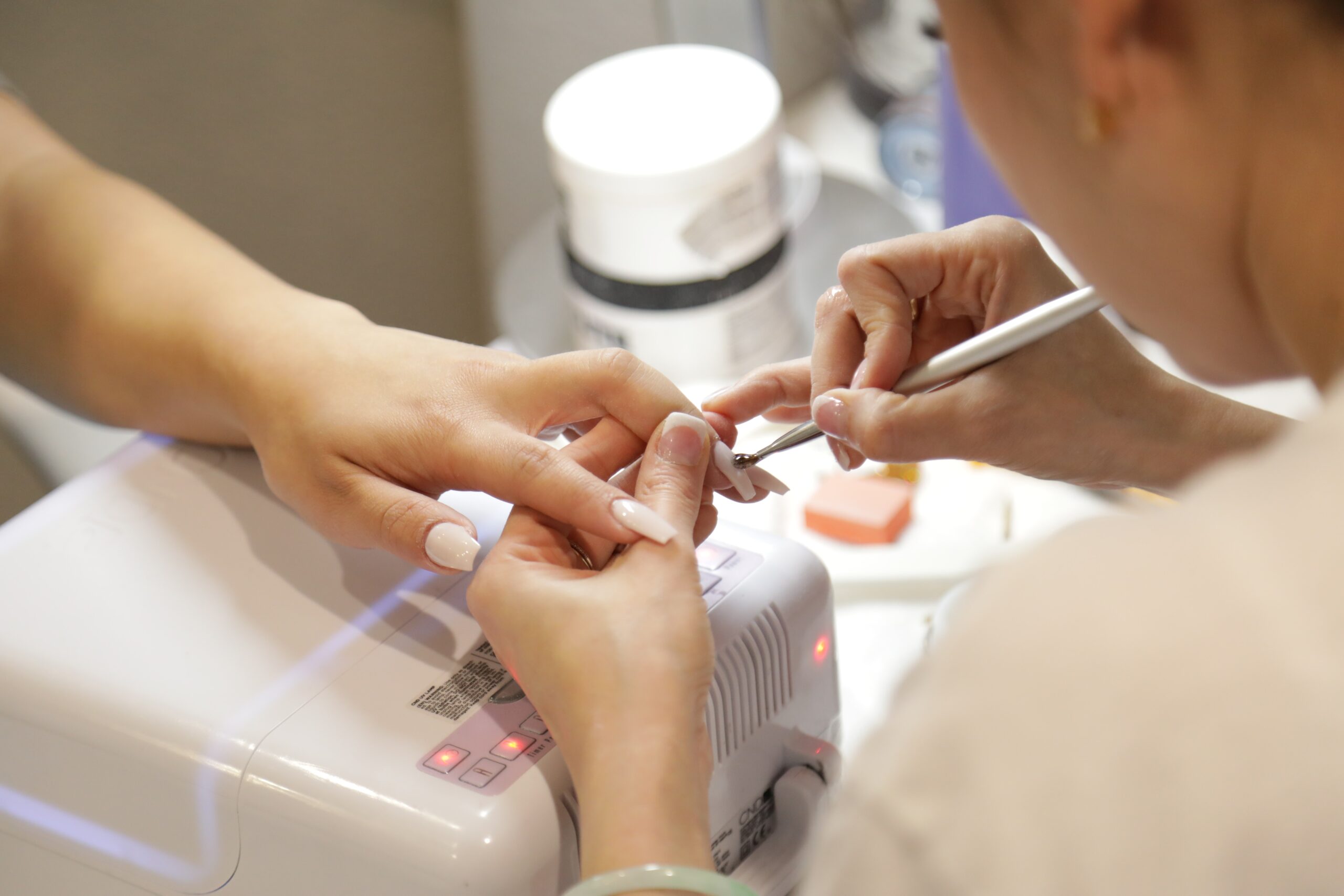Circadian rhythm disruption and cancer
Posted on 21st August 2020 by Yara Obeidi

What is circadian rhythm?
The circadian rhythm is an internal drowsy and wakefulness cycle that maintains healthy sleeping patterns and other physiological and behavioral processes. It mimics natural daylight and nighttime cycles. It affects metabolism, immune responses, pain, digestive secretions, blood pressure, body temperature, hormone biosynthesis, and regulates cell cycle. A misalignment of the circadian rhythm can lead to disruption of these processes (Savvidis & Koutsilieris, 2012).
Circadian rhythm is controlled by the suprachiasmatic nucleus in the anterior hypothalamus of the human brain (Ball et al., 2016). It is present in normal cells by a similar process (Clairambault et al., 2011). External signals synchronize circadian rhythm. Because of this, it can also be disrupted from light through the retina (Clairambault et al., 2011).
Is circadian rhythm related to cancer?
According to a narrative review of current day research, cell cycle disruption may be related to carcinogenesis, the abnormal cell division of cancerous cells, in some cancers (Farhud & Aryan, 2018). Though narrative reviews are not high-quality evidence as they lack systematic analysis, there is support from medical organizations. In 2007, the International Agency for Research on Cancer (IARC) deemed disruption of the circadian rhythm as “probably carcinogenic to humans” based on extensive evidence in experimental animals and limited evidence in humans. In 2019, the IARC reaffirmed their prior categorization after a review of updated research, which included many more high-quality epidemiological studies; “shift work,” however, was changed to “night shift work” in order to better describe the circumstances and evidence.
Appraisal of Research
Most of the included studies were done on breast cancer, several on prostate and colorectal, and few on others. The Working Group, the group who evaluated the research, found limited evidence that night shift work causes the aforementioned cancers; most of the cohort studies did not find a positive correlation. However, two cohort studies, one particularly large, found an elevated risk of breast cancer in long-duration night shift workers. The most compelling evidence supporting the association was from case-control studies. One in particular involved over 6000 women with breast cancer from five countries, evaluated for duration and intensity of exposure. Long duration and high intensity night shift work had the strongest associations (Carcinogenicity, 2019).
Cohort studies are good for establishing risk, but are not good for diseases with long latency periods (Song & Chung, 2010). Dr. Kurt Straif, head of IARC’s Monographs Programme, elaborated:
Considering the long latency period for some cancers, it could well be that there is no evidence of an increase in cancer risk in the first 20 years after first exposure (The Breast Cancer Conundrum, 2013).
On the other hand, case-control studies are good for diseases with long latency periods, but cannot establish risk or prevalence and are more prone to bias (Song & Chung, 2010).
In conclusion, the evaluation found that although there was sufficient evidence in animal research and some quality evidence in humans to presume positive association between the two factors, there were inconsistent results and so, “bias could not be excluded as an explanation with reasonable confidence” (Carcinogenicity, 2019). The Working Group states that the variance of findings may be due to inconsistencies in exposure assessment quality or the inclusion of post-work women in cohort studies (Carcinogenicity, 2019).
Cultural factors
Some people argue that many studies are not finding adequate evidence of increased risk because night shift workers acclimate their circadian rhythm to a different cycle. However, a criticism of that argument is that the workers may not be exposed to enough light at night or darkness during the day to properly entrain a different cycle (Eastman, 2009).
In modern day, the deviation of the environment from sun-based to an electricity-based system has increased circadian rhythm dysfunction. This phenomenon is exacerbated by the prevalence of night-shift jobs and the 24/7 accessibility of the internet, which promote unending stimulation. As people cease to be dependent on natural light sources which properly entrain the circadian rhythm, the opportunity for dysfunction increases (Ball et al., 2016).
What promotes regular circadian rhythm?
The question is, how can individuals decrease circadian rhythm dysfunction? Firstly, reduce artificial light as nighttime arrives. This promotes the proper release of melatonin, a hormone which increases drowsiness; light exposure decreases its production. Similarly, blue wavelength light, such as from electronic screens, should be avoided before bed as it is particularly stimulating. This is because almost all blue light reaches the retina. On the other hand, the anterior structures of the human eye effectively block ultraviolet light. Finally, take advantage of blue light during the day, such as from the sun (Zhao et al., 2018).
Other Clinical research
The connection between circadian rhythm and cancer may also be studied through a hypothesized relevant factor. For example, there are some studies evaluating the efficacy of blue-light blocking glasses, melatonin supplements, or supplements related to thyroid function on improving quality of life or prognosis of cancer patients. Other types of research might try to pinpoint physiological mechanism involved in the worsening of cancer; one meta-analysis of 36 randomized control trials found that low expression of certain circadian clock genes had critical effects on the progression of cancer and were indicators of worse prognosis (Zhang et al., 2020). High-quality research is important as it improves interventions and evidence-based healthcare. However, there are ethical concerns that prevent some study designs on humans, such as ones that would impose dramatic circadian dysfunction in an experiment (Ball et al., 2016).
In conclusion
Does circadian rhythm dysfunction cause cancer? The answer is complicated. The issue is that environmental, biological, and cognitive factors interact with one another. This makes it difficult to pinpoint a singular cause for cancer. People with sleep disturbances may be more likely to have other stressors which, combined, may increase risk of cancer. Some hypotheses propose that disrupted circadian rhythm may indirectly cause carcinogenesis through the suppression of certain hormones. For example, the circadian disruption hypothesis proposes melatonin (Lockley, 2010). Other hypotheses propose that circadian dysfunction indirectly enhances tumor growth due to a weakening of healthy, tumor-fighting tissue (Clairambault et al., 2011).
Since lifestyle and health are so intricate, it would be reductionist to say that all instances of cancer are caused by dysfunctional circadian rhythm. Even if it was a certain carcinogen, without further research, there is little understanding of how carcinogenic it is.



